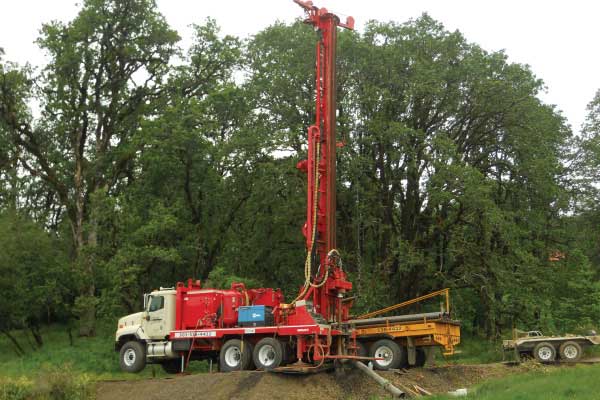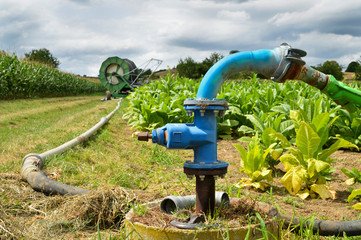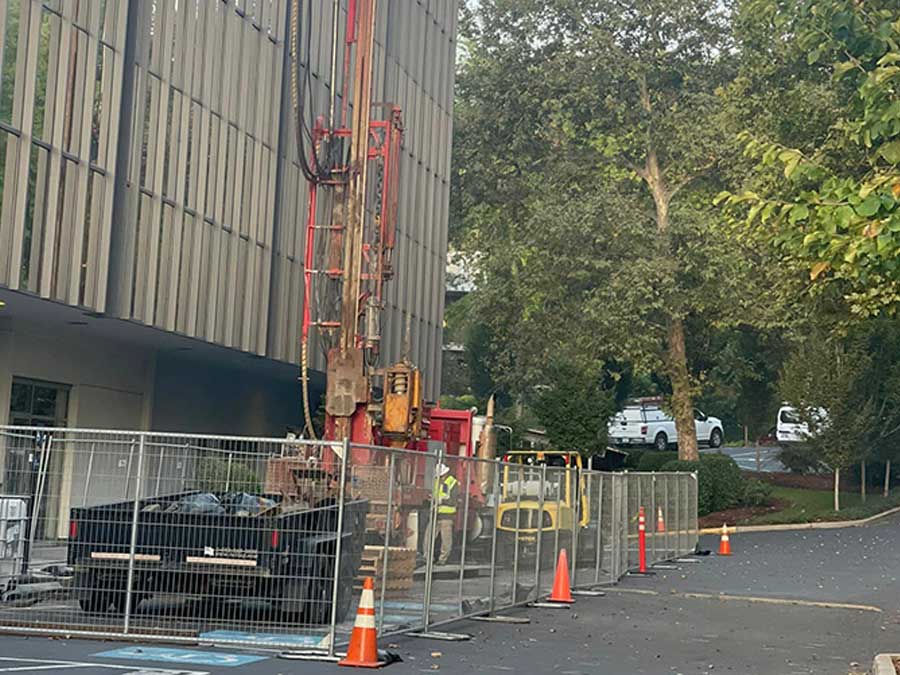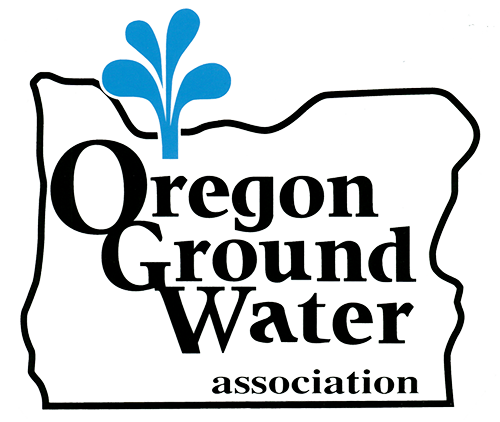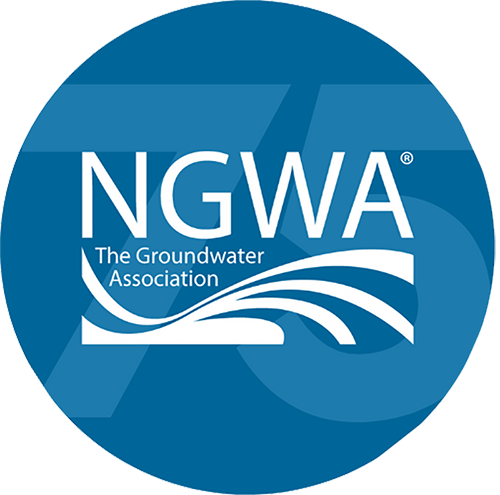Professional.
Experienced.
Knowledgeable.
Arrow Drilling is a locally owned company serving NW Oregon since 1956. We are committed to providing professional well drilling products & services for our customers.

68+
Years of Experience
About Our Company
Arrow Drilling is a locally owned company serving NW Oregon since 1956. We are committed to providing a quality product and service for our customers.
John Stadeli, owner, is a third-generation driller with over 40 years of experience in the drilling industry. He leads a crew of professionals who follow his lead to provide great service to our customers.
At Arrow Drilling, we take pride in preserving and protecting the resource while providing personalized, professional service to all our customers.
Testimonials
What People Are saying
“I called John at arrow to get a well drilled. I’m a DIY guy so I had a lot of questions. John answered all my questions and I never felt rushed. His guys came out to drill and were very professional and had good attitudes.”
– CarClassics72
years of drilling
feet drilled
Wells installed
Drill Rigs
Licensed Drillers
FAQ’S
LET’S TALK ABOUT DRILLING
Over the years we have been asked many questions about the water well drilling process in Oregon. Typically, the most common questions about water well drilling revolve around the drilling process, water quality, depth of the well, and the associated costs involved.

